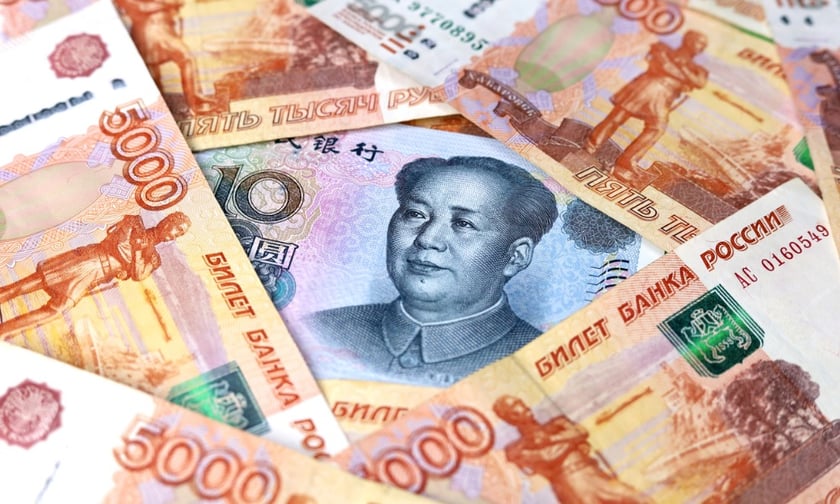

The People’s Bank of China (PBOC) has decided to maintain its one-year policy loan rate, a move that reflects ongoing complexities in the global financial landscape, including the volatility of the yuan and the anticipation of policy shifts by the US Federal Reserve.
The decision, made on Monday, came as a surprise to investors who were expecting a rate cut, the first since August.
Bloomberg reports that, despite this, the PBOC has injected additional liquidity into the financial system to meet funding demands. This decision follows recent weak credit numbers that had heightened expectations for more assertive monetary measures.
Robert Carnell, the regional head of research for Asia-Pacific at ING Groep NV, commented on the challenges facing the Chinese authorities, noting the constraints they face in supporting the economy without risking further yuan weakness.
Data released on Friday revealed that China is experiencing its longest deflationary period since 2009, with financing and loan growth in December not meeting projections and a decline in annual exports for the first time since 2016. These factors contribute to the challenges faced by President Xi Jinping’s administration, which is contending with weak domestic demand, a prolonged property crisis, and a sluggish job market while pursuing ambitious growth targets for the year.
The market responded to the PBOC’s rate decision with Chinese stocks trading slightly higher and the offshore yuan appreciating marginally. The yield on China’s 10-year government bonds remained stable.
The PBOC’s cautious approach is partly influenced by uncertainties surrounding the Federal Reserve’s future rate policies. With US consumer prices accelerating towards the end of the previous year, expectations for an imminent rate cut by the Fed have been dampened.
Despite policy efforts, such as reducing mortgage rates, the central bank’s initiatives have not significantly stimulated the housing market. Analysts, including Xing Zhaopeng from Australia & New Zealand Banking Group Ltd., observe a trend of money moving from riskier wealth management products to more stable time deposits.
The PBOC may consider reducing the reserve requirement ratio (RRR) as a less aggressive alternative to a policy rate cut, which would free up funds for banks and support government bond purchases for infrastructure spending.
Bloomberg Economics also expects the PBOC to lower borrowing costs further soon, despite the current hold. Analysts predict a potential rate cut and RRR reduction in the near future to support the slowing economy.
What are your thoughts on this story? Please feel free to share your comments below.
